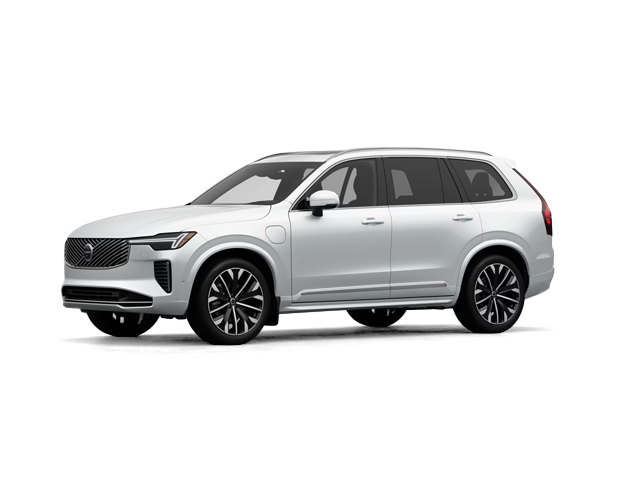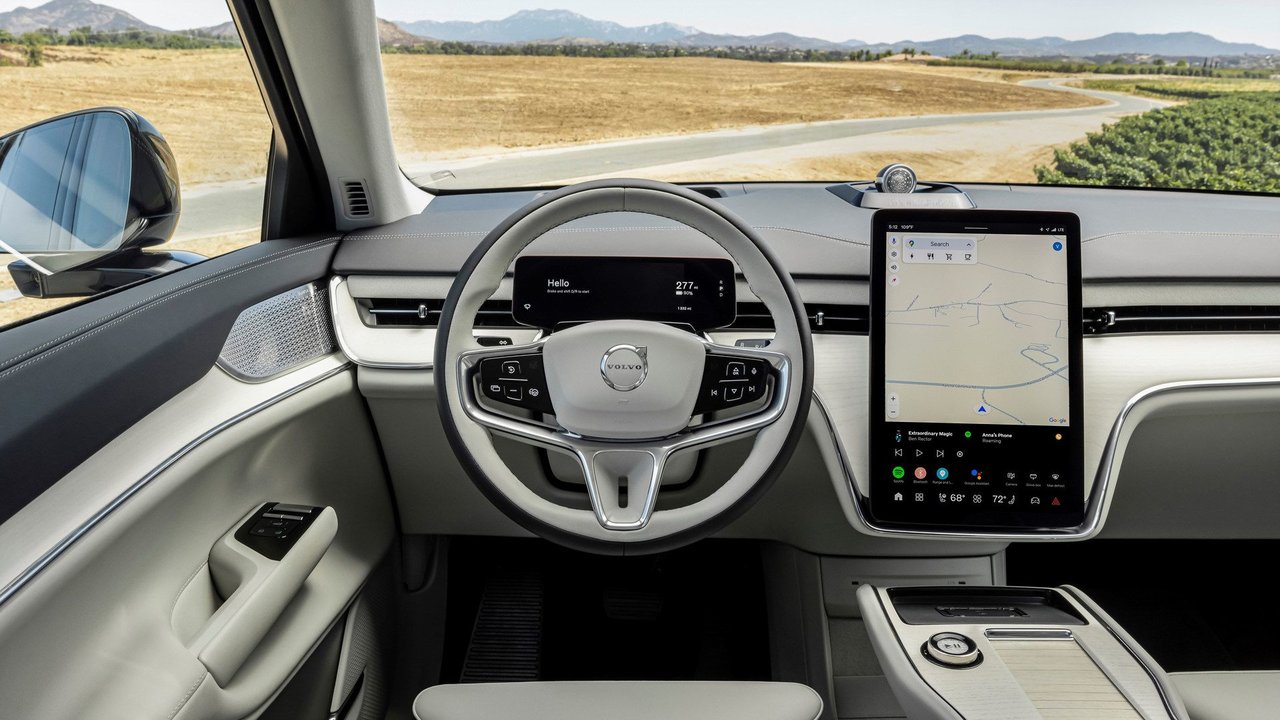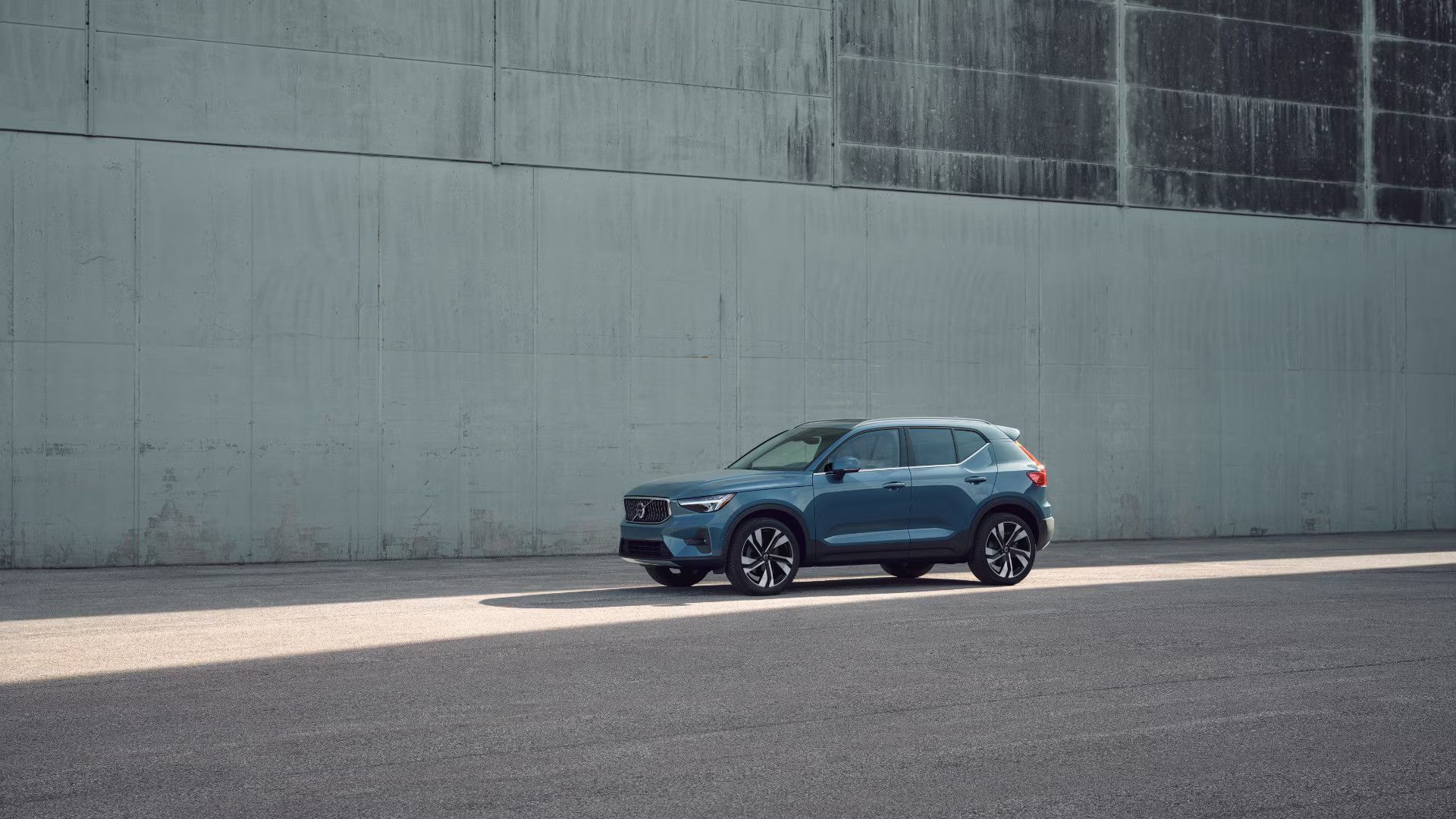
Photo for illustrative purposes only.
Find out moreVolvo Cars Villa

Long drives on Highway 401 test even the most patient drivers. Stop-and-go traffic, constant lane monitoring, and maintaining safe following distances create mental fatigue that builds over hours behind the wheel. Volvo Pilot Assist transforms these demanding highways into relaxed cruising experiences by handling the most tiring aspects of highway driving while you remain in full control.
This Level 2 driver assistance system combines adaptive cruise control with lane-keeping assistance to reduce driver workload during highway travel. The technology works within clearly defined parameters, requiring your active supervision while automating the repetitive tasks that cause fatigue on long journeys.
How Pilot Assist Functions
Pilot Assist uses a forward-facing camera and radar sensors to monitor the road ahead and lane markings around your vehicle. The camera reads lane lines while radar tracks vehicles in front, maintaining appropriate spacing and preventing unintended lane departures.
The system operates through two integrated components working together seamlessly. Adaptive cruise control manages speed and following distance, while lane-keeping assistance provides gentle steering inputs to maintain lane position.
Activation requires clear lane markings and speeds above 30 km/h. Once engaged, Pilot Assist can operate up to 130 km/h on divided highways, covering the speed range where driver fatigue typically develops during extended travel.
Adaptive Cruise Control Component
The cruise control element goes beyond simple speed maintenance, actively adjusting your velocity based on traffic conditions ahead. When a slower vehicle enters your lane, the system gradually reduces speed to maintain a safe following distance you've selected.
Following distance options range from short intervals for heavy traffic to longer gaps for relaxed highway cruising. The system maintains these distances automatically, reducing the constant speed adjustments that contribute to driver fatigue.
When traffic ahead accelerates or changes lanes, Pilot Assist smoothly returns to your set cruise speed. This seamless speed management eliminates the constant throttle and brake inputs required in varying traffic conditions.
Lane Keeping Assistance Component
Lane-keeping assistance provides subtle steering corrections to maintain your vehicle's position within lane boundaries. The system doesn't steer the vehicle like an autonomous car but rather provides gentle guidance to prevent unintended lane drift.
If you begin drifting toward lane markings without signaling, the system applies light steering pressure to guide you back toward lane centre. These corrections feel natural and can be easily overridden by applying steering input yourself.
The assistance becomes particularly valuable during long straight sections where maintaining perfect lane position requires constant minor adjustments. By handling these micro-corrections, the system allows you to focus on traffic awareness and route planning.
Highway 401 Scenarios
Morning rush hour stop-and-go traffic between Thornhill and downtown Toronto becomes manageable as Pilot Assist maintains safe following distances and handles constant speed changes without driver intervention.
Express lane travel through long stretches in Mississauga and western suburbs allows the system to maintain steady speeds and lane position, reducing the attention required for routine highway cruising.
Construction zones with clear lane markings benefit from Pilot Assist helping maintain consistent positioning through narrowed lanes and temporary barriers common during summer construction seasons.
Evening commutes help tired drivers by reducing workload during the demanding drive home, particularly through heavy traffic areas around major interchanges.
Understanding System Limitations
Pilot Assist requires clear lane markings to function properly. Construction zones, worn pavement markings, or heavy snow coverage can limit system availability. The dashboard clearly indicates when conditions don't support operation.
Hands must remain on the steering wheel at all times. The system monitors driver attention and will alert you if it detects inattentive driving behavior. Continued inattention results in system deactivation and requires manual restart.
Sharp curves, merging lanes, and complex interchanges require full driver control. Pilot Assist works best on divided highways with gentle curves and consistent lane markings, making it ideal for most Highway 401 travel.
Driver Responsibility Remains Critical
You remain fully responsible for safe vehicle operation while Pilot Assist is active. The system assists with routine tasks but cannot respond to emergency situations, unexpected hazards, or complex traffic scenarios.
Active monitoring of traffic conditions, weather changes, and road hazards remains essential. Think of Pilot Assist as a capable co-pilot that handles routine tasks while you maintain overall situational awareness.
Turn signals automatically disengage the system when changing lanes, returning full control for merging and passing maneuvers. Re-engagement occurs easily once you're established in the new lane.
Pilot Assist Benefits
|
Feature |
Traditional Driving |
With Pilot Assist |
|---|---|---|
|
Speed control |
Manual adjustments |
Automatic traffic-based speed |
|
Following distance |
Constant monitoring |
System-managed spacing |
|
Lane position |
Continuous steering |
Gentle guidance assistance |
|
Driver fatigue |
Builds over time |
Reduced mental workload |
|
Traffic response |
Manual reactions |
Smooth automated responses |
Benefits for Long-Distance Travel
Extended highway driving becomes significantly less fatiguing with Pilot Assist handling speed and position management. Your mental energy stays focused on navigation, traffic assessment, and trip planning rather than constant vehicle control inputs.
Passenger comfort improves through smoother speed transitions and more consistent lane positioning. The system's gradual acceleration and deceleration patterns create a more relaxed travel experience for everyone in the vehicle.
Fuel efficiency often improves with Pilot Assist active, as the system makes smooth, measured adjustments rather than the abrupt changes typical of manual driving in traffic.
Available Across Volvo Models
Pilot Assist comes standard on most 2025 Volvo models, from the EX30 through the EX90. This widespread availability means families can experience reduced highway driving stress regardless of which Volvo suits their needs.
The system operates consistently across different models, providing familiar assistance whether you're driving an XC40 for daily commuting or an XC90 for family road trips to cottage country.
Transform your Highway 401 experience from a demanding commute into a relaxed journey by experiencing Pilot Assist technology at Volvo Cars Villa in Thornhill, where advanced assistance meets Swedish safety innovation.

Photo for illustrative purposes only.
Find out more
Volvo's Google Built-in Infotainment: How Smart Technology Enhances Your Daily Drive in Ontario
Volvo's partnership with Google has created one of the most user-friendly infotainment experiences available in today's premium vehicles. For...
Read more
5 Volvo Features That Make Ontario Winters More Enjoyable
Winter driving in Ontario demands more than just capability—it requires confidence, comfort, and technology that works with you, not against you....
Read more
Volvo 2026 Electrified SUVs Compared: XC40 vs. XC60 vs. XC90 – Find Your Match
Volvo's 2026 electrified SUV lineup offers Ontario families three distinct options for sustainable driving without compromising on space, safety,...
Read more